Shōki, in China called Zhōng Kuí (or Chung Kwei), was a demon killer, or one might say demon queller, who was considered to protect against demons and disease. Originally he comes from Chinese Taoism, but he turns up in Japanese art as early as in the 12th century. However, his popularity in Japan culminated during the Edo period (1603-1867) and ukiyo-e; he was a common motive in the woodblock prints of that era.
The demon queller is usually depicted as a big and ugly man with a scholar's headgear, a sometimes green coat, and big boots. He's often seen fighting demons.
In red prints, so-called aka-e, Shōki was considered to protect against smallpox.
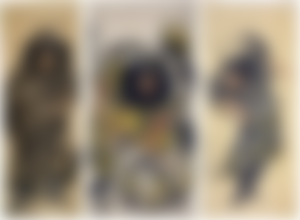
Left: Nishimura Shigenaga - Shôki the Demon Queller, 1740s.
Middle: Okumura Masanobu - Shôki the Demon Queller, 1725.
Right: Katsukawa Shunsho - Actor Ichikawa Danzo III as Shôki the Demon Queller in the Play Date Moyo Kumo ni Inazuma, Performed at the Morita Theater in the Tenth Month, 1768.)
Legend tells us that Shōki was originally a physician in the Shaanxi province of Tang dynasty China. He was graduated in order to take up an imperial post. The result was brilliant, but he was rejected for his ugliness. Then he committed suicide. The Emperor became very upset and ordered that Shōki's corpse be buried in green sweep, which was normally reserved for the Emperor's clan. In return, Shōki's spirit said that he would protect the Emperor's family from evil and disease-creating demons.
There is also another variant of the legend, where Shōki failed to graduate, and committed suicide for that reason.
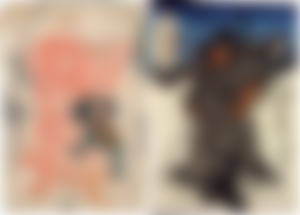
Left: Utagawa Kunisada, Actor Nakamura Shikan as Shôki the Demon Queller, from the series Dance of Nine Changes (Kyû henge no uchi).
Right: Utagawa Kunisada, Actor Ichimura Uzaemon as Shoki, 1840.
Another legend reports that Shōki appeared in a dream of the sick Emperor Xuanzong (685-762 e.Kr.), there driving out the demons that caused the disease. Allegedly, the recovered Emperor then awarded Shōki the title "Doctor of Zhongnanshan".
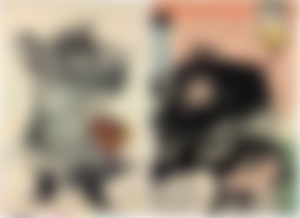
Left: Utagawa Kuniyoshi, Shôki, about 1847.
Right: Utagawa Kuniyoshi, Shôki san jaki ni sokuto, 1858.
We never know what is true and myth, but we cannot rule out the existence of a true historical model for Shōki, a person who really existed, and of something special that sowed the seed of the legends.
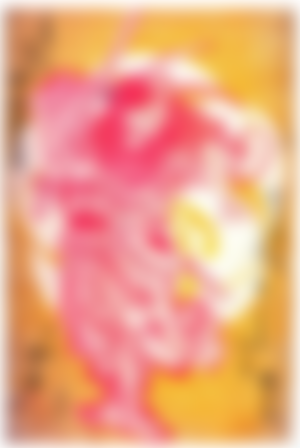
Ryusai Shigeharu: Actor Nakamura Utaemon III as Shōki, 1822-1826.
In Japan today, Shōki is largely forgotten. Except in Kyoto, where small statues of him can still be seen over the entrance to many houses. He is considered a protector of the house and, among other things, a shield against fire.
Let's end this article with a Japanese version of the "Beauty & the Beast" theme, a print from the 1890s by Kawanabe Kyōsai: Beauty & Demon Queller.

Copyright © 2020 Meleonymica/Mictorrani. All Rights Reserved.
Related Article: Aka-e – Japanese Colour Magic, where you can see more of Shōki.
You find all my articles on Japanese Art & Culture here.
Interested in Japanese culture? Join my community Japanese Art & Cultural History (7c1f).
You find all my writings on Read.Cash, sorted by topic, here.
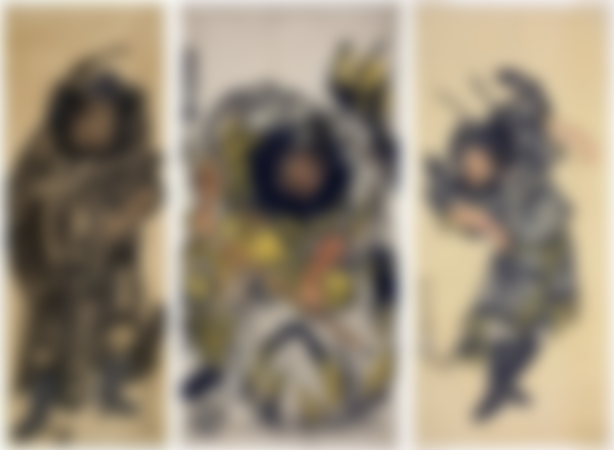

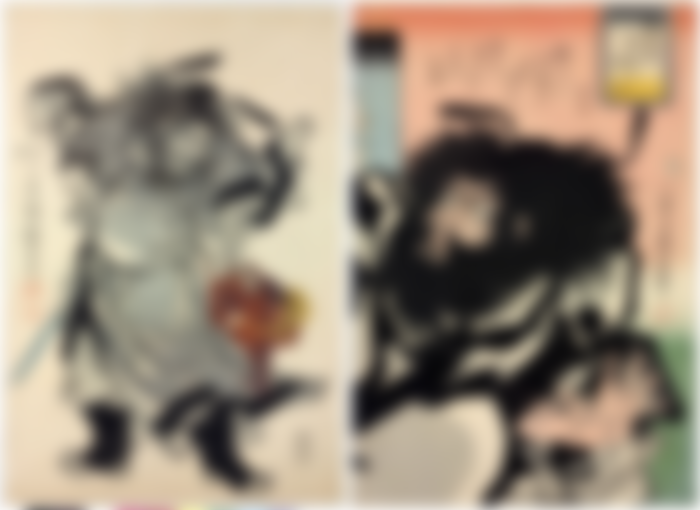
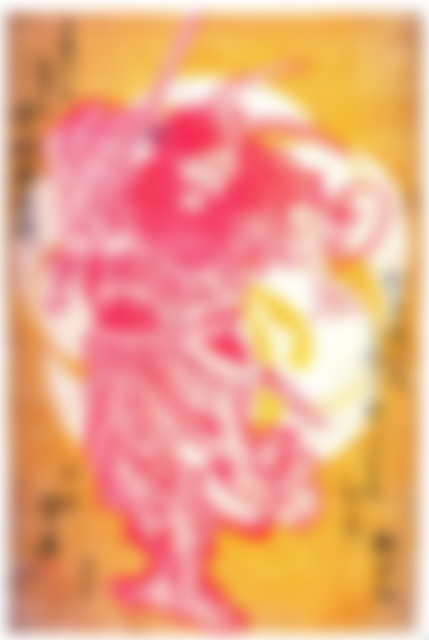
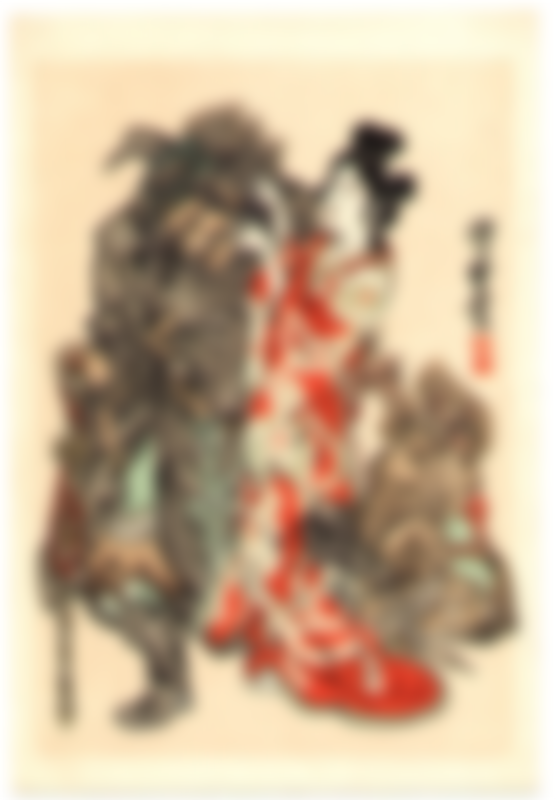
[Removed comment]